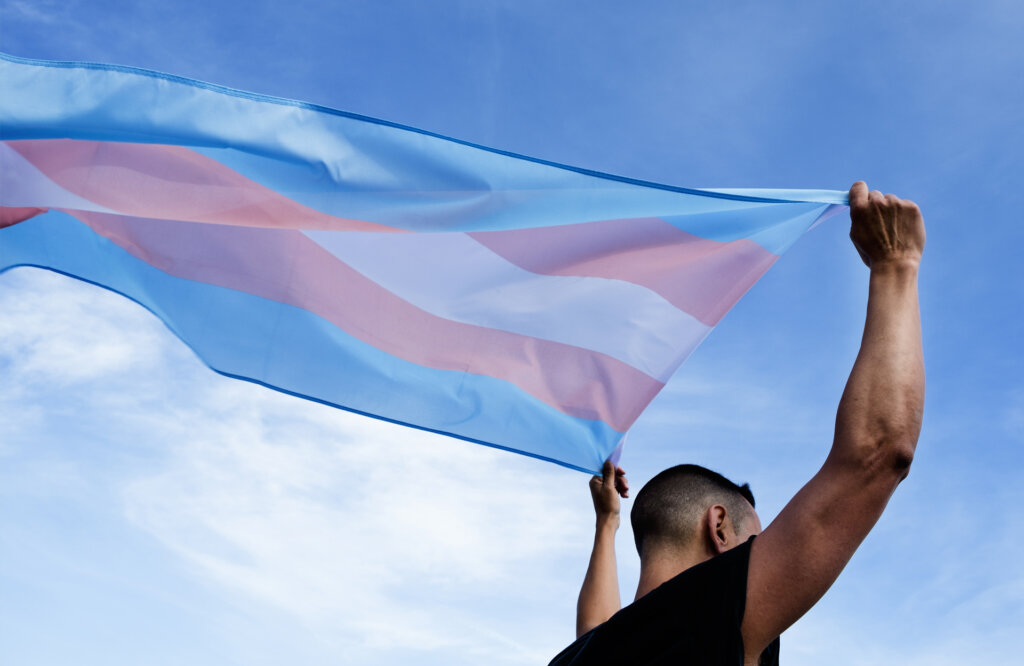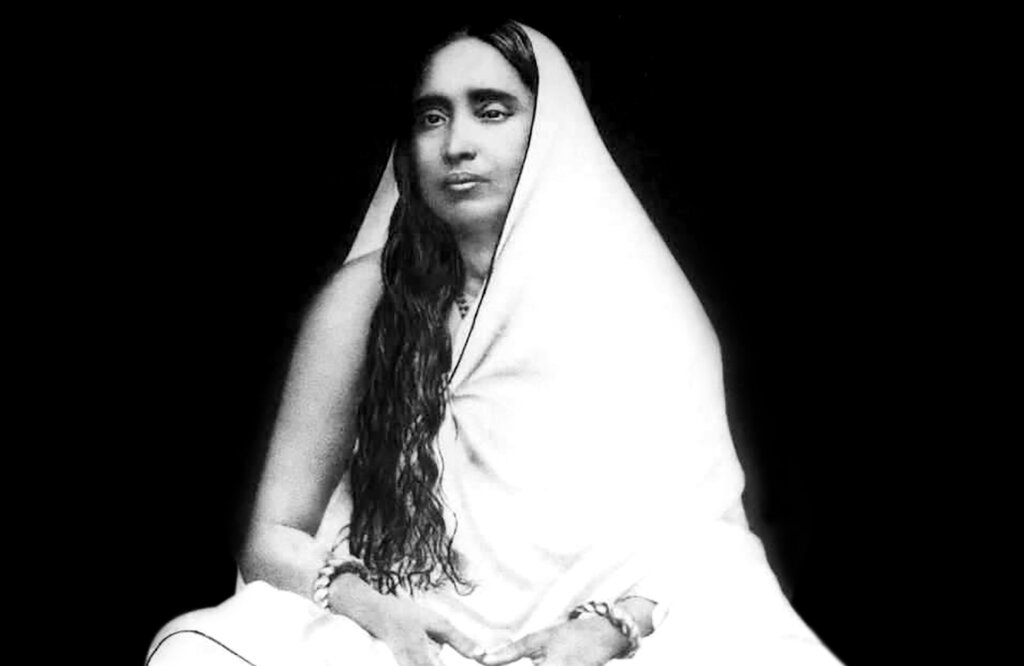(TRANS)GENDER FLUIDITY
Emerson Parker Pehl (Cherokee Nation of Oklahoma)
In order to authenticate their experience, especially to members of the medical community, trans people frequently have to invoke a “wrong body” narrative. By the twentieth century, and somewhat still into the twenty-first century, this conditional trope is a personal narrative that medical professionals often expect from trans people who are seeking medical and surgical methods of gender affirmation.
THE FEMALE AND THE FRAGMENT(ED)
Shannon Callahan
Authors Maggie Nelson, Roxane Gay, and Jenny Boully apply fragmented forms in their personal essays. Each of these women utilizes fragments in order to talk about their bodies and bodily experience precisely because the female body is essentially unknowable, or unspeakable, and as a result is best expressed through the fragmented essay form.
DIVINE PROMISE OR MORTAL BETRAYAL?: GENDERED AND RELIGIOUS PERFORMANCE(S) FROM THE LIFE OF SARADAMANI CHATTOPADHYAY
Amlan Guhathakurta
The mechanisms of religious, hegemonic appropriation of the female body for the purpose of deification are explored in context. Taking biographical instances from the life of Saradamani Chattopadhyay, wife of colonial Bengal’s foremost mystic Sri Ramakrishna, provides insight into thematic uses of the body as a tool and site of sanctification politics.
BEYOND THE BODY: BLACK MEN PERPETRATORS AND WOMEN’S RESISTANCE IN TONI MORRISON’S SONG OF SOLOMON
Houda Hamdi
In Toni Morrison’s Song of Solomon, Black male characters construct their identities through a variety of means. Looking at the metaphorical image of the peacock—an emblem of male domination and the subjugation of women in a phallogocentric society—we see how women are reduced to bodies to be looked at, used, and abused.
THE MUSLIM WOMAN’S BODY AS A SPEAKERLY TEXT: THE GENDERED EMBODIMENT OF RELIGION, TRAUMA AND SHAME IN ABUBAKAR ADAM IBRAHIM’S SEASON OF CRIMSON BLOSSOMS
Elizabeth Olaoye and Amanda Zink
A feminist literary analysis of Abubakar Adam Ibrahim’s Season of Crimson Blossoms explores the gendered embodiment of religion and trauma. Set in the Northern part of Nigeria known for conservative Islam, the novel depicts female characters who carry the attendant shame of transgression on their bodies.
EMBODIED LEADERSHIP: SKILLS FOR THE FOURTH INDUSTRIAL REVOLUTION
Celia Szelwach
According to Klaus Schwab (2016), the fourth industrial revolution resulting from digital disruption is evolving at an exponential rather than linear pace as compared to previous ones. As this evolution occurs, it is important to shape this revolution to ensure that it is empowering, life-centered, and not divisive and dehumanizing. This is the work of leadership.
DOMESTIC BODIES IN HELL: THE SIGNIFICANCE OF GENDERED EMBODIMENT IN CLIVE BARKER’S HELLRAISER
Matthew Sautman
The interplay that occurs in the first Hellraiser film between gendered bodies, domestic spaces, and abjection—e.g., an affect based upon apprehension and revulsion (Kristeva 1)—provides a critique of traditional Western gender norms that synonymizes patriarchal-led households with the production of horror.
(RE)CREATING THE POSTURE PORTRAITS: ARTISTIC AND TECHNOLOGICAL (RE)PRODUCTIONS OF THE GENDERED (RE)PRESENTATIONS OF BODIES AT INSTITUTIONS OF HIGHER EDUCATION
Andrea N. Baldwin, Heidi Henderson and Sangyoon Lee
Posture portraits taken at colleges and universities as a part of modern physical education programs in the United States are examined in their relation to the eugenics movement of the late-nineteenth and early-twentieth centuries. This analysis serves to clarify underlying assumptions about what it means to be “normal.”









